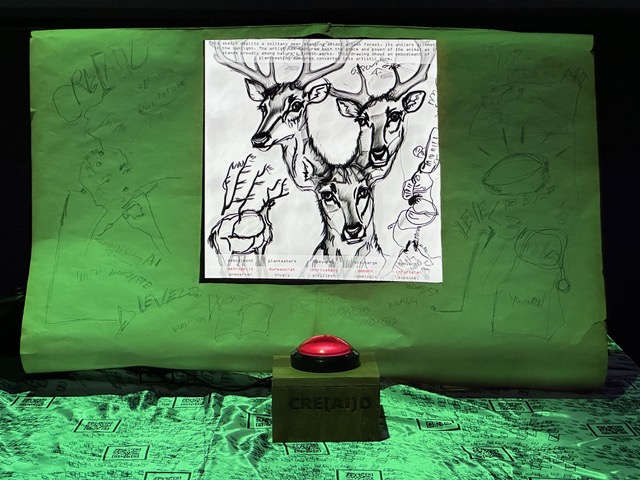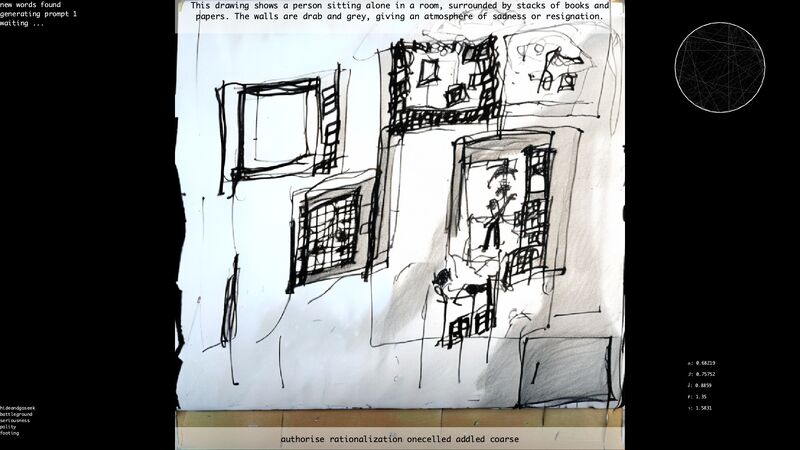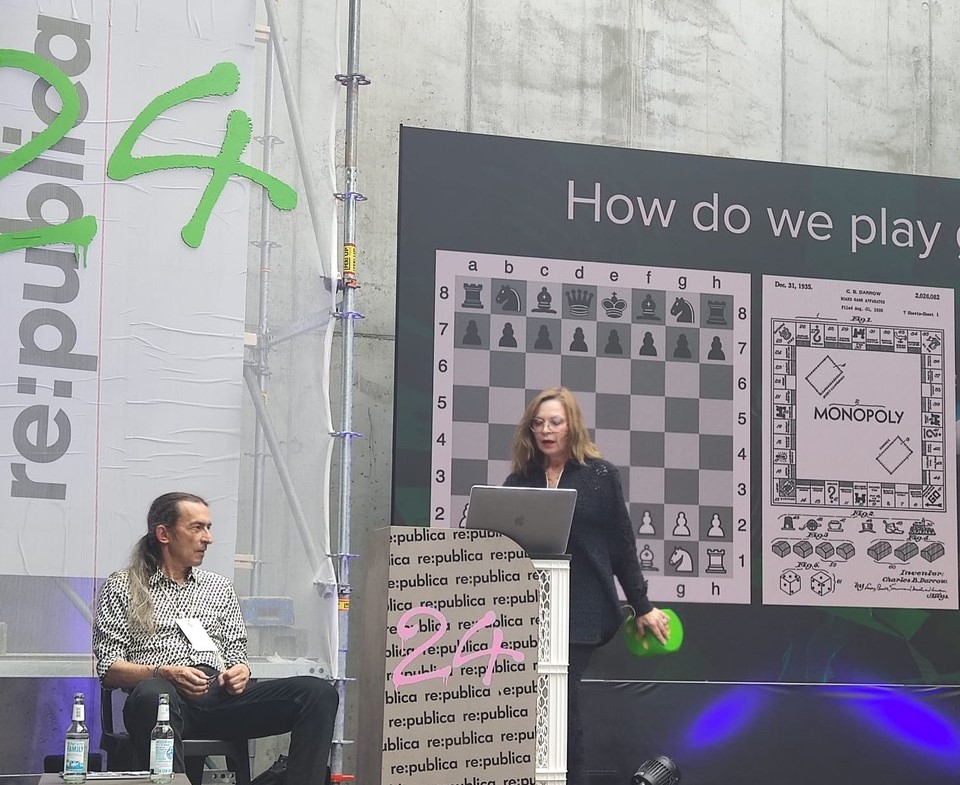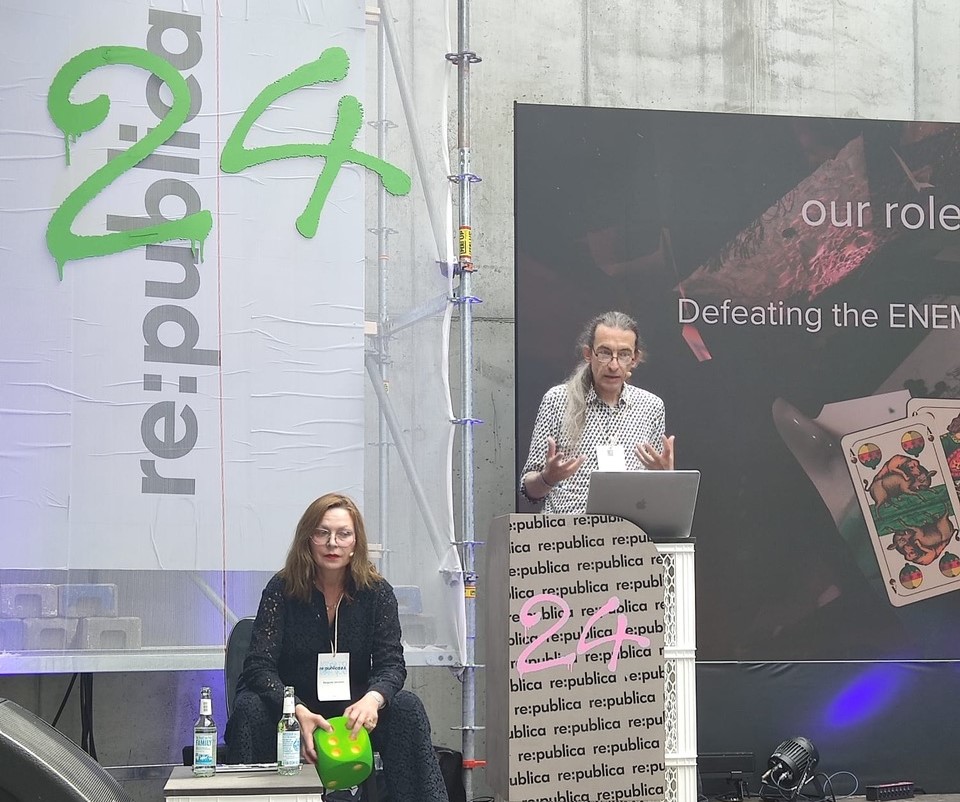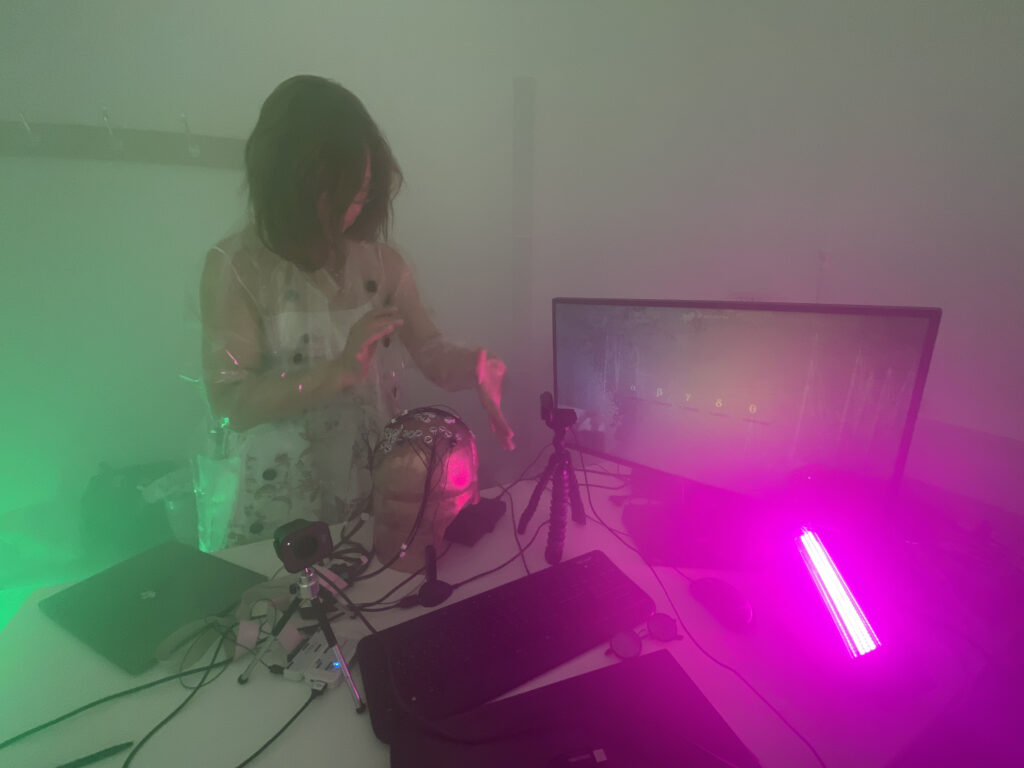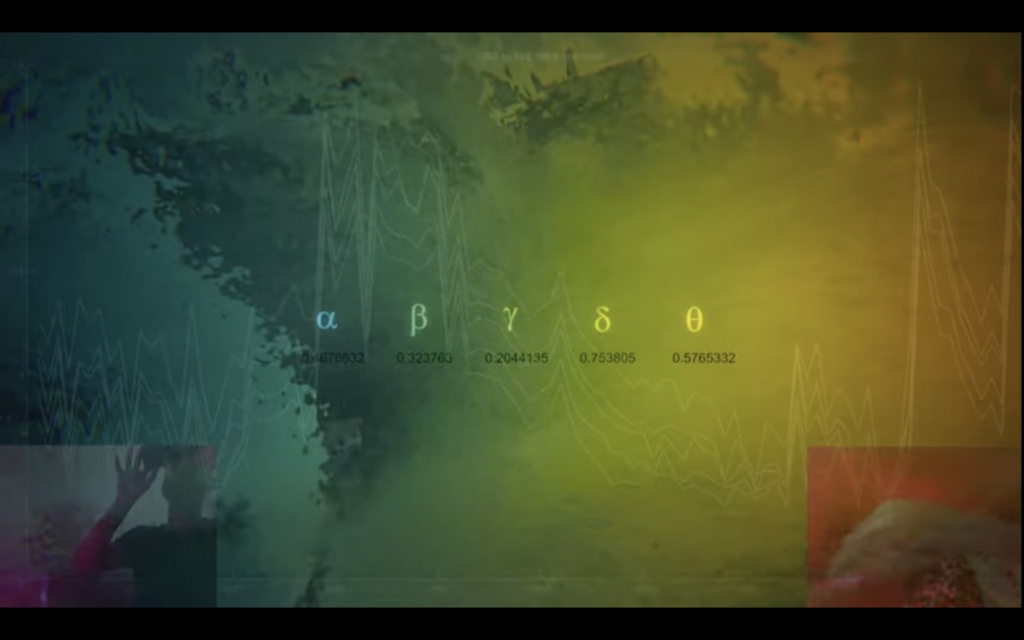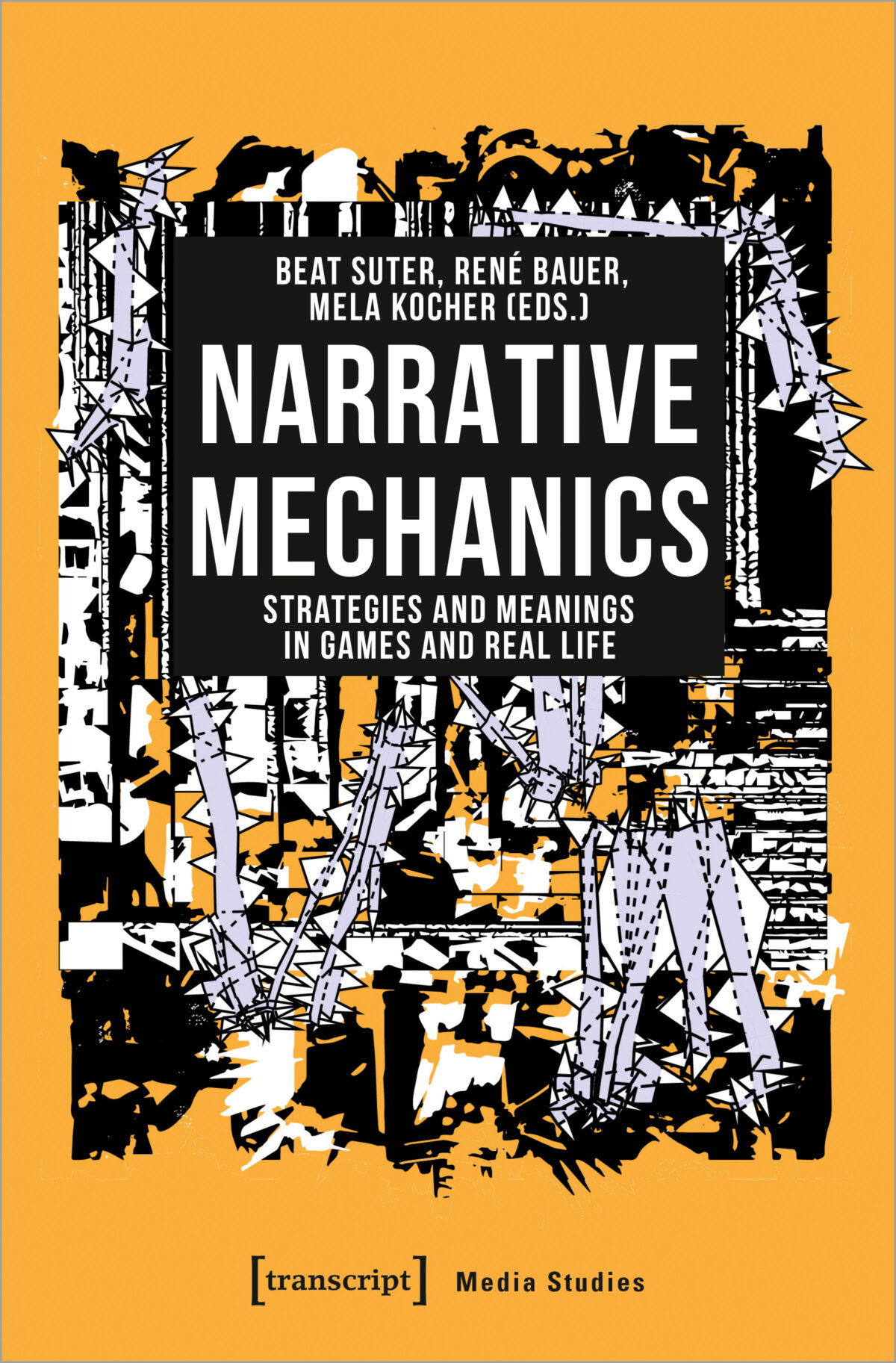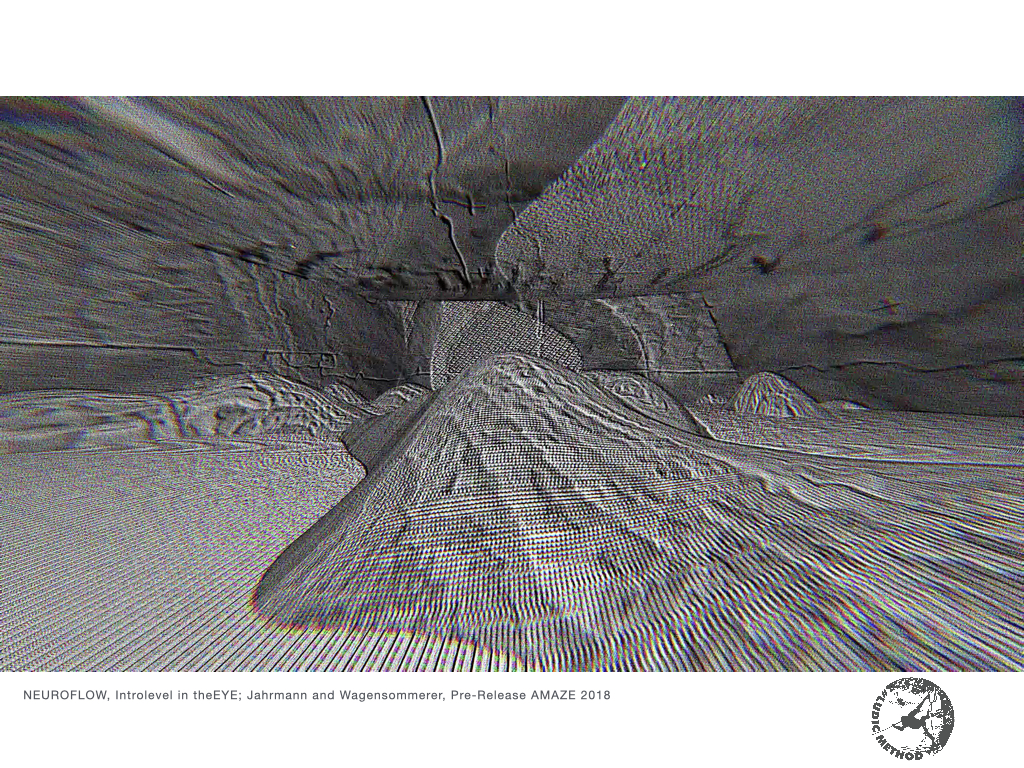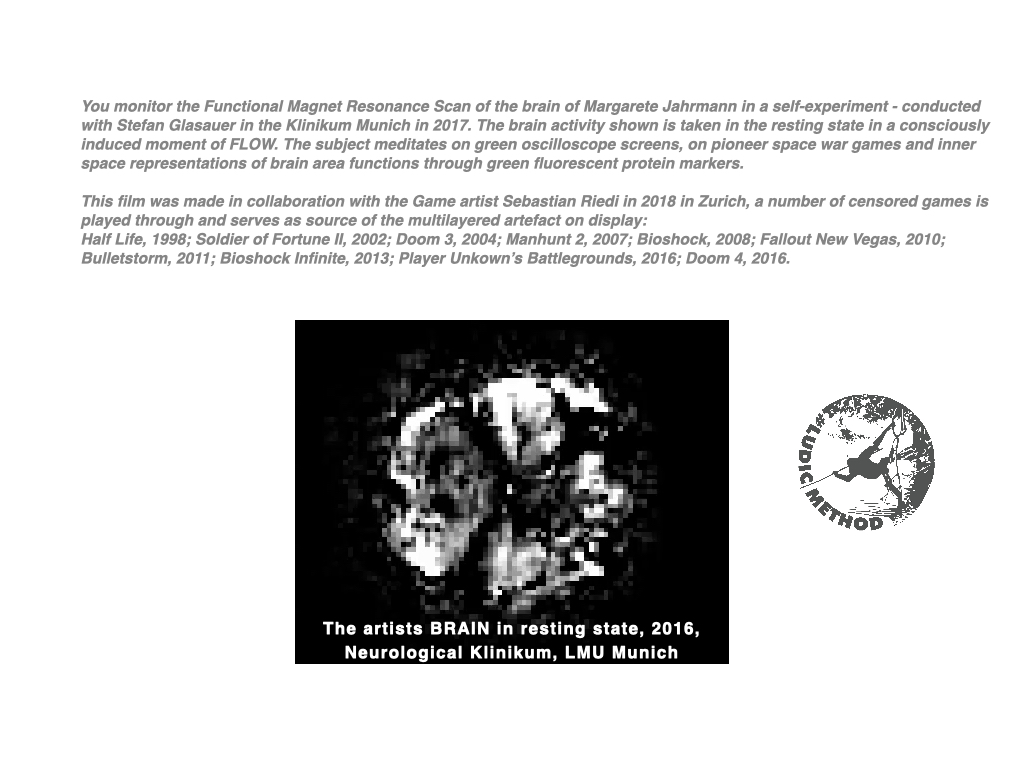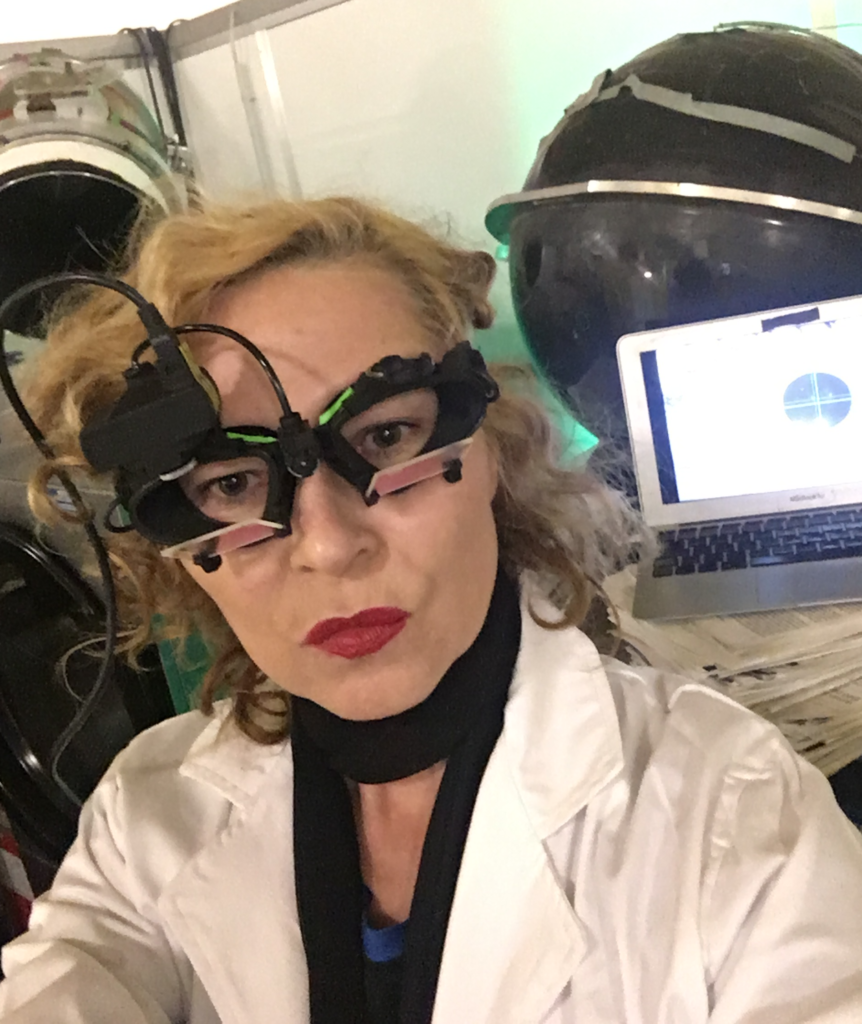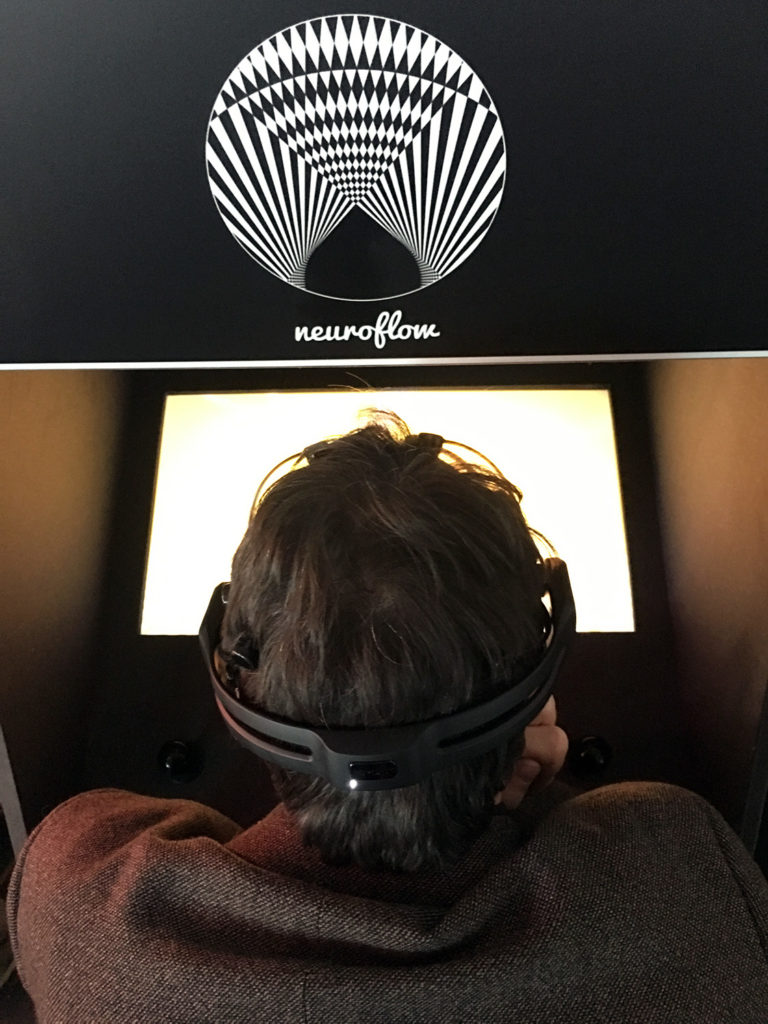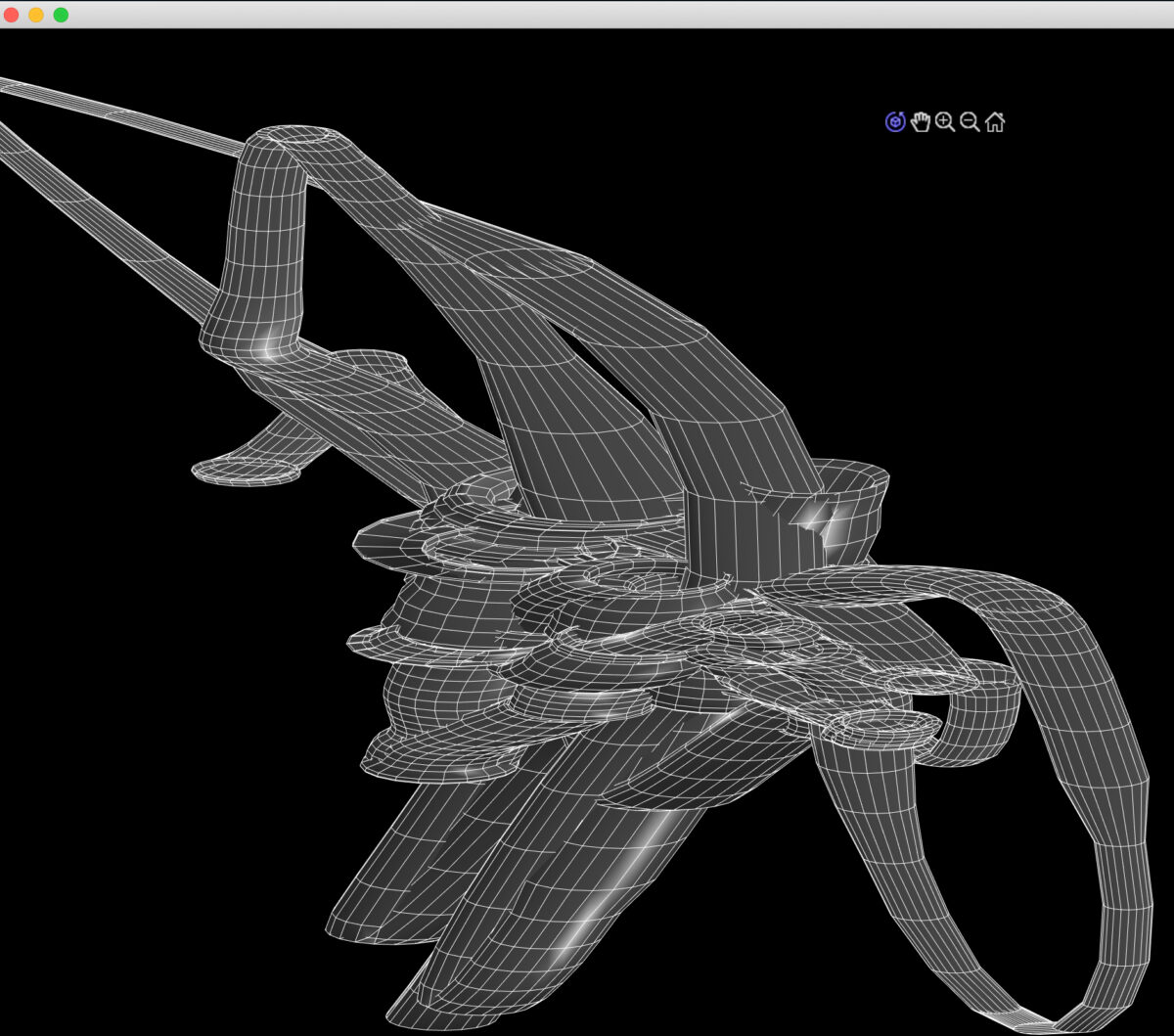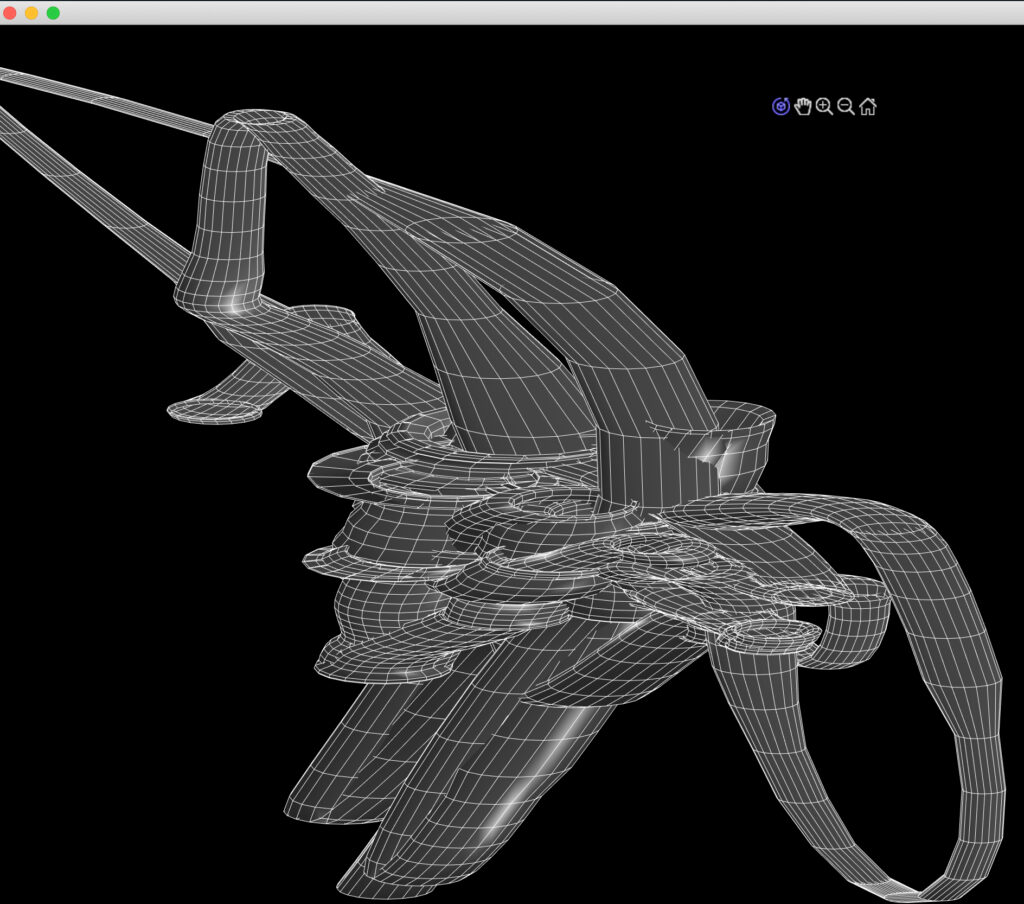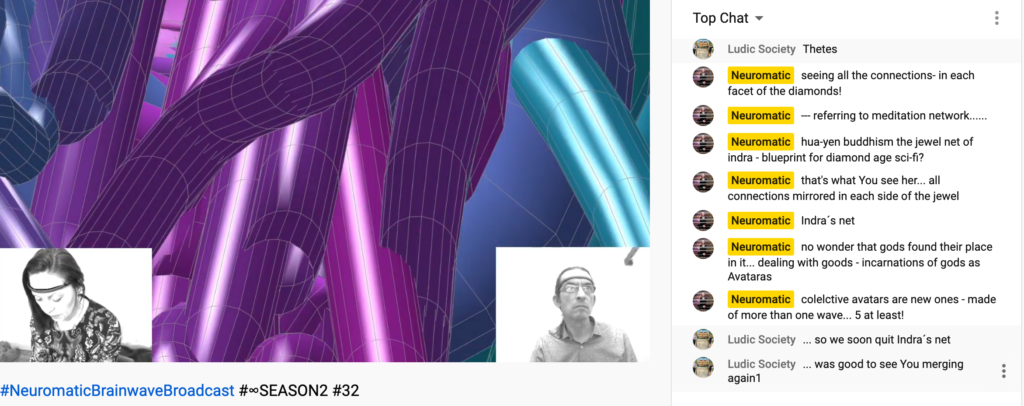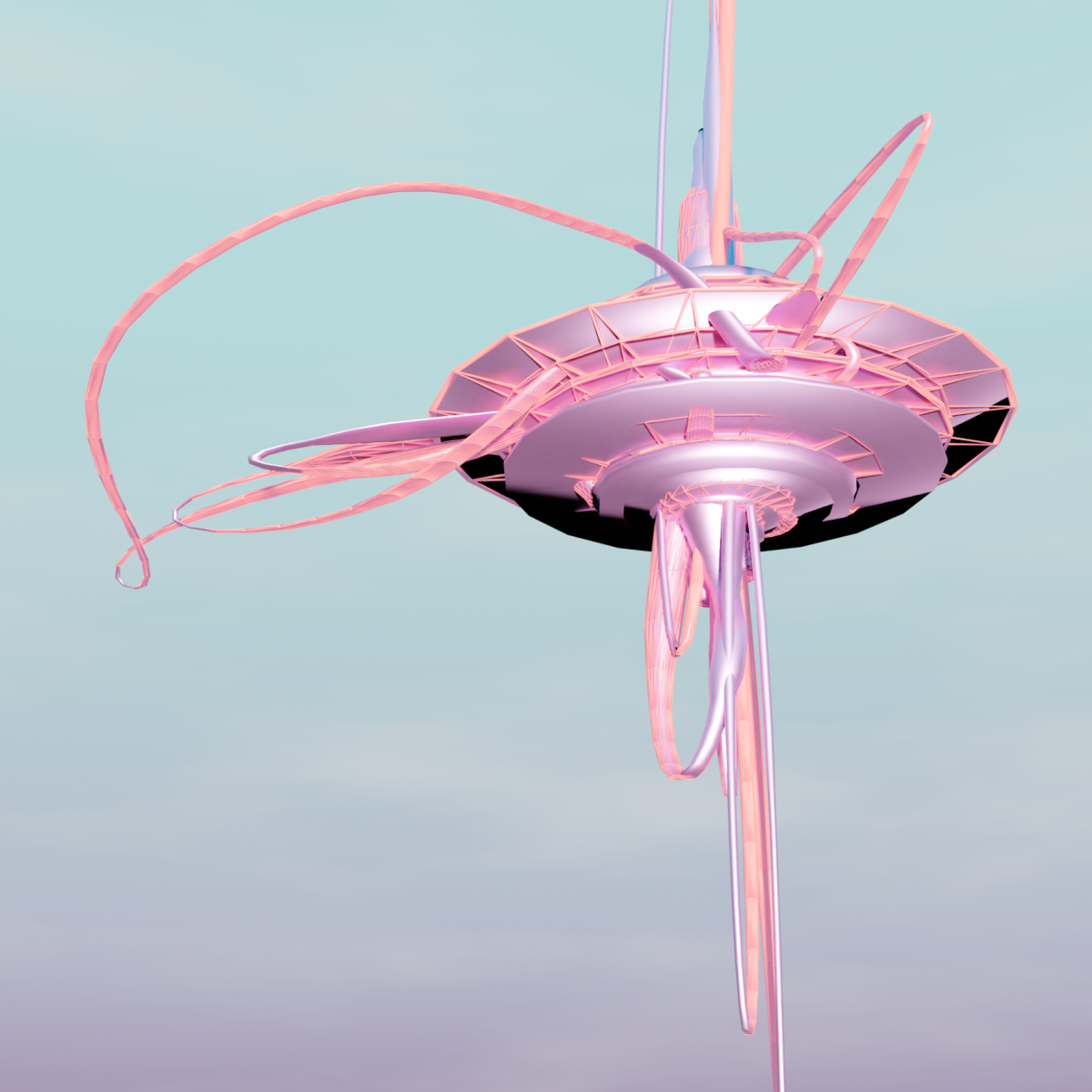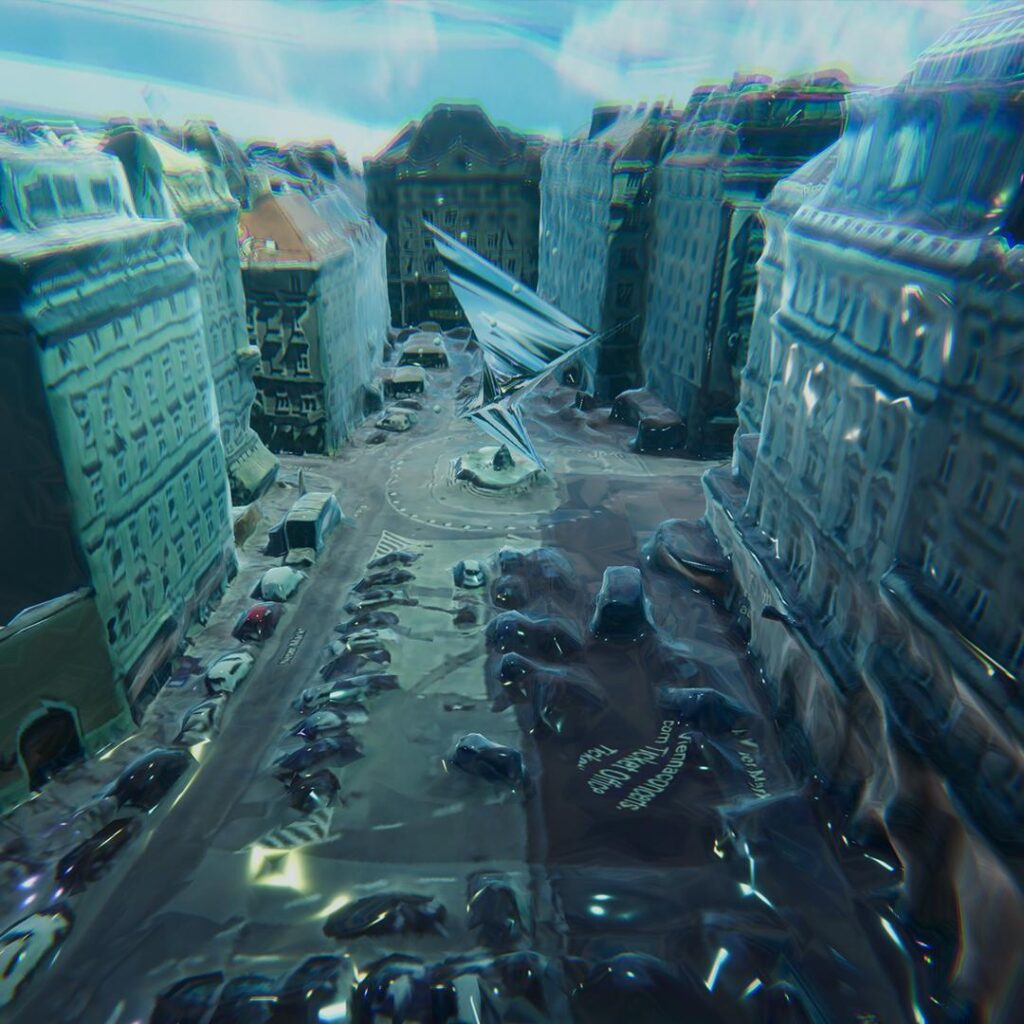Margarete Jahrmann & Thomas Wagensommerer, coop Louise Linsenbolz, Georg Luif, Stefan Glasauer.
An Area7lab production. Link to performance https://www.civa.at
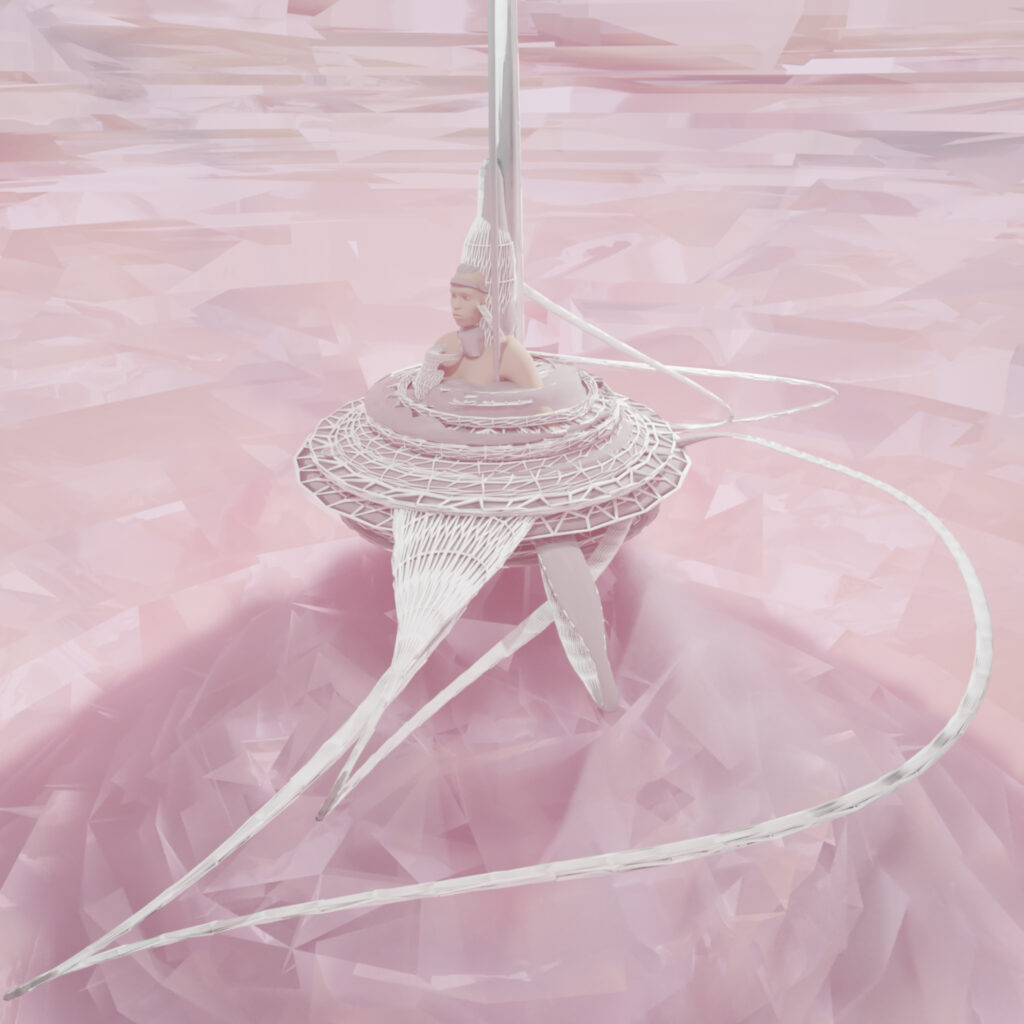
AVATARA_ collective BrainBand goddess
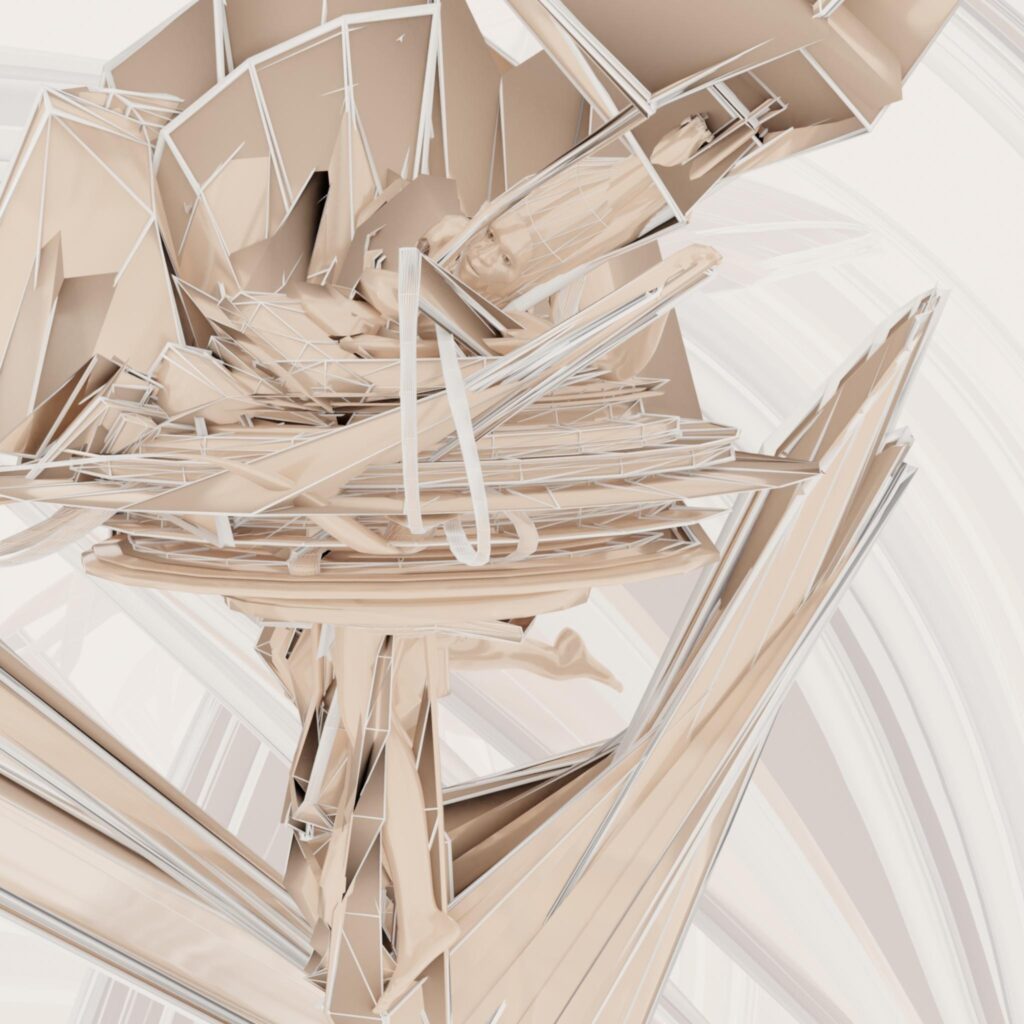
EEG Goddess 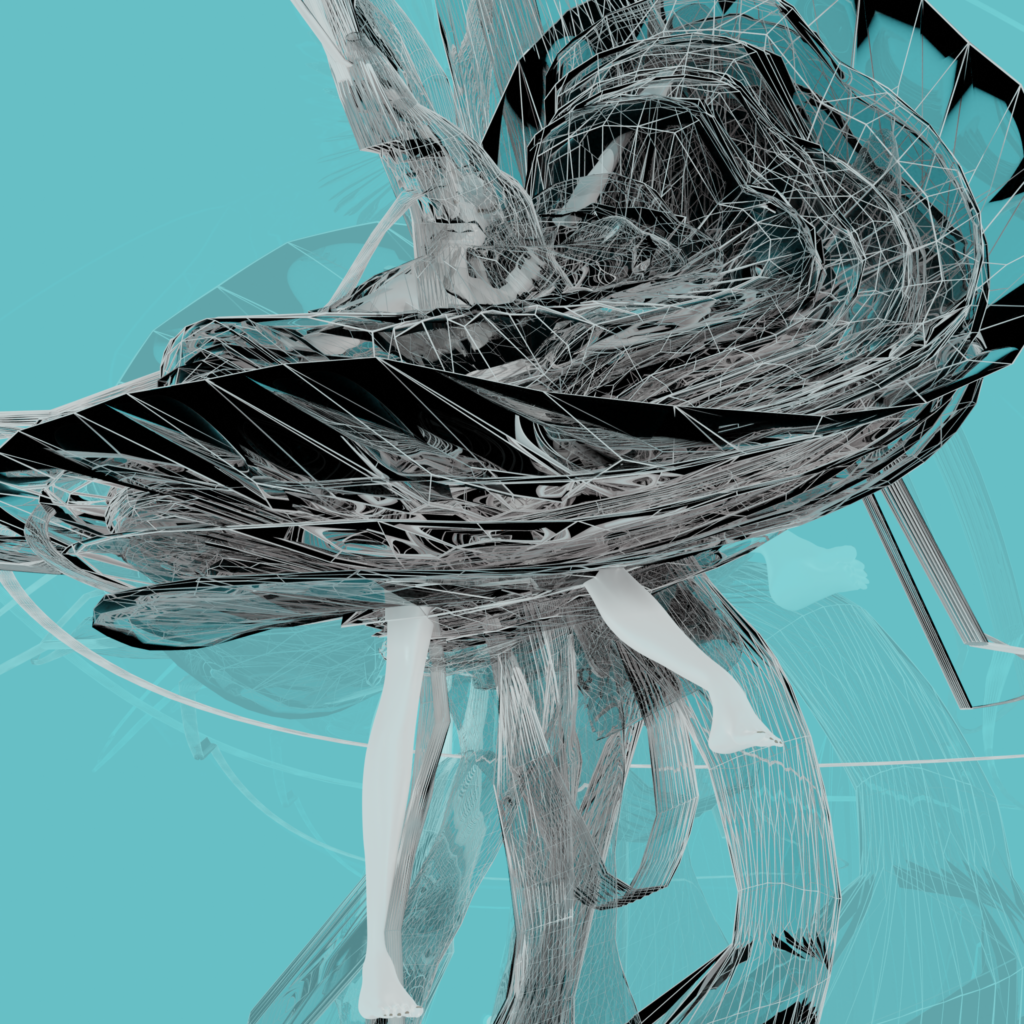
Player avatar 01 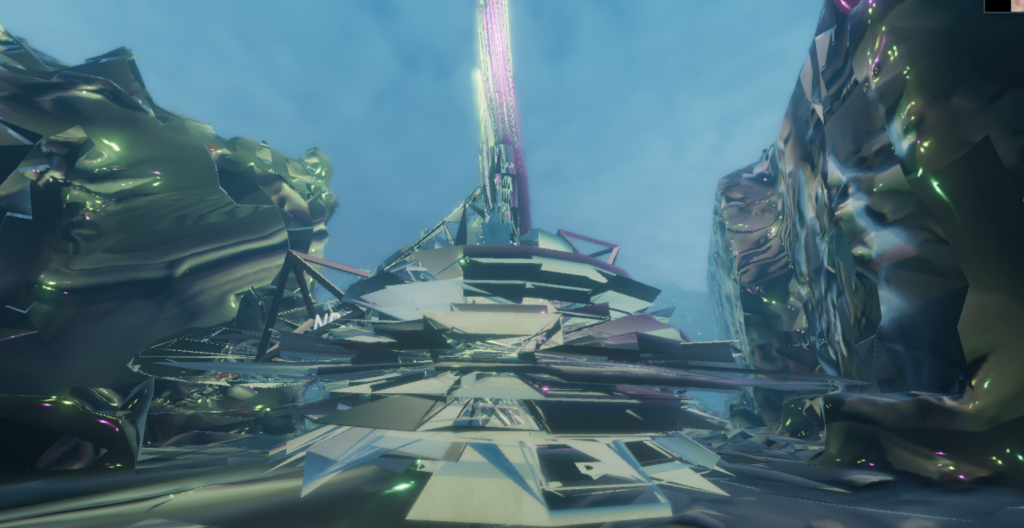
Donnerbrunnen view online
In der Pink Noise Brain Jam Session entsteht ein kollektiver Avatar- aus vier EEG playern.
Das Spiel im Thunderdome — brainwave sound gemixt mit voice samples via vocoder, player triggers soundobjects in brainspace. Die kollektive Avatara (bestehend nicht aus einem sondern aus vier Spieler*innen) ist ein tribute to Tina Turner. Wir sehen sie als goddess of the device mit EEG Brain Stirnband. AVATARA, incarnation of a collective goddess, verändert sich mit den Gedankenmustern aller Spieler*innen. Like Aunty referenzieren wir:
Mad Max, launch part im Jahr 2021.
We don´t need another hero….
Wir vocodern gehen wir weiter im PINK noise. Neal Stephensons The diamond age, or, A young lady’s illustrated primer (1995) dient uns als Bauplan für Welt. Der Blueprint eines drei dimensionalen Netzwerks, in dem sich in jeder Facette alle Verbindungspunkte spiegeln…. ist unser AAA ThP playground.
Jede player*in wird als Diamond dargestellt- in eine Wireframe Bounding Box gerahmt.
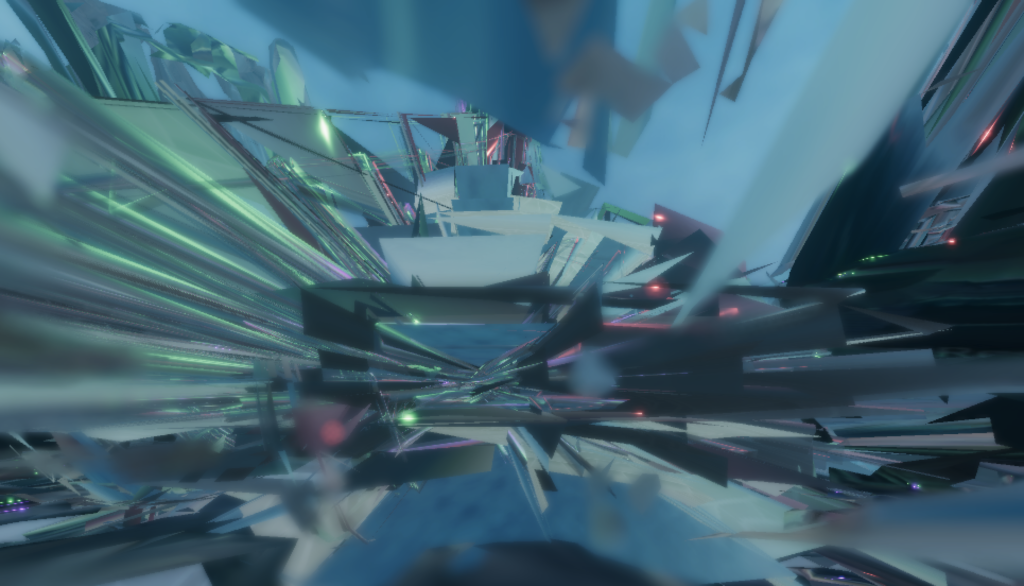
GodView 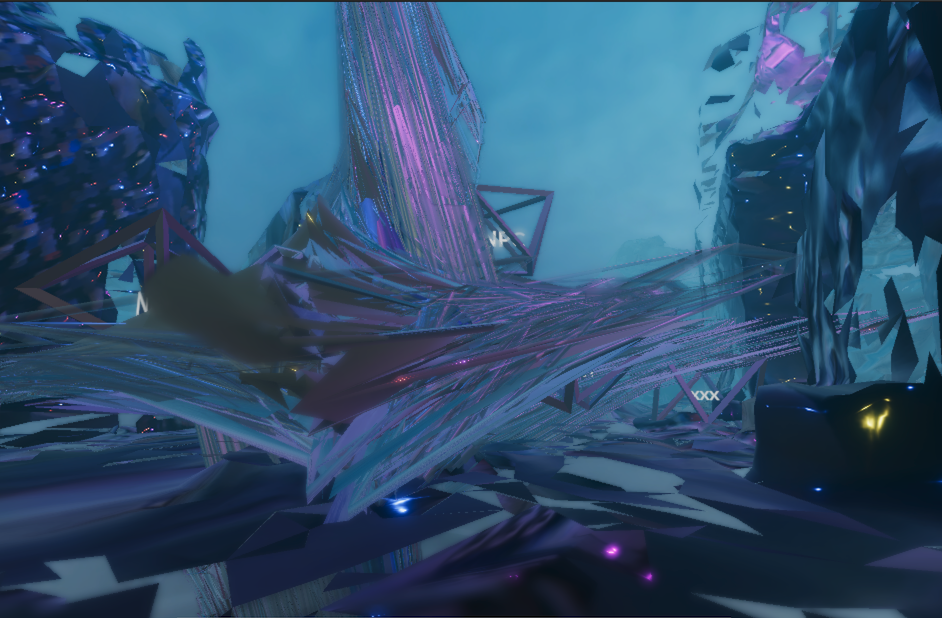
DesctructionOfWorld 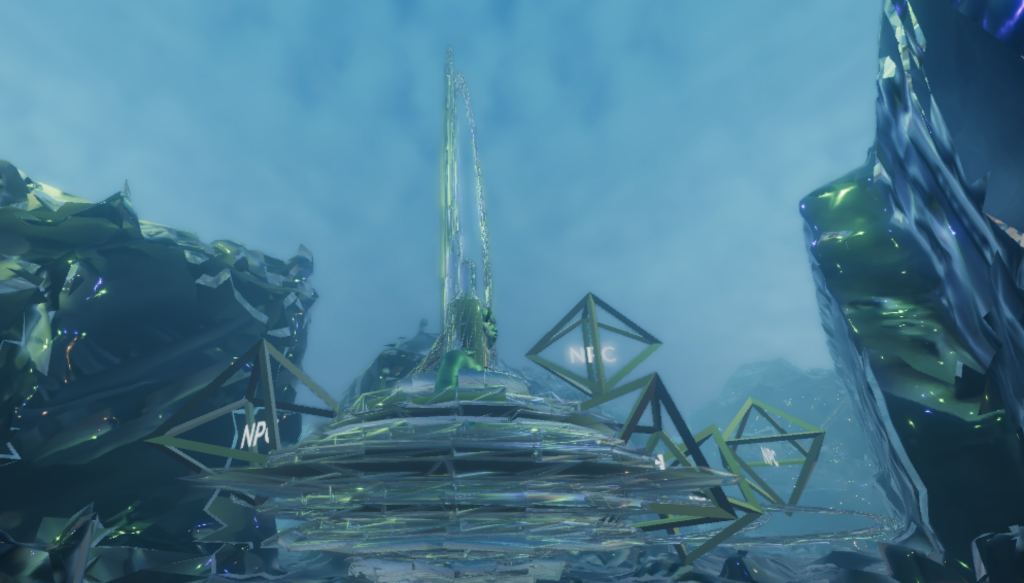
DiamondAgeNPCs 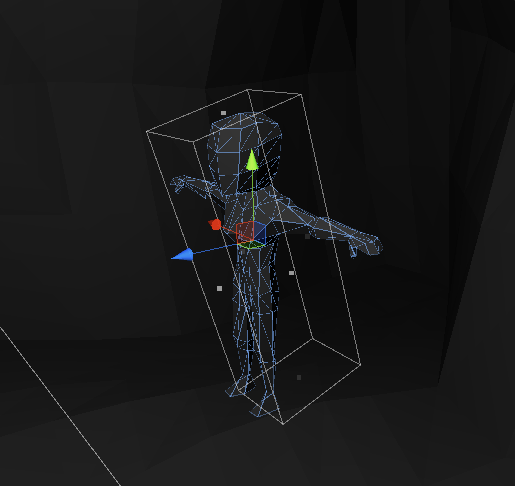
BoundingBoxInGameEngine 
PlayerAvatar 
ConceptDraft
Zum einen bezieht sich die DAMOND Box auf den Realen Sozialen Abstandhalter 2021 — aus Draht gebaut, und als Drahtgittermodell auf die Bounding Box von Avatars in Game Engines.
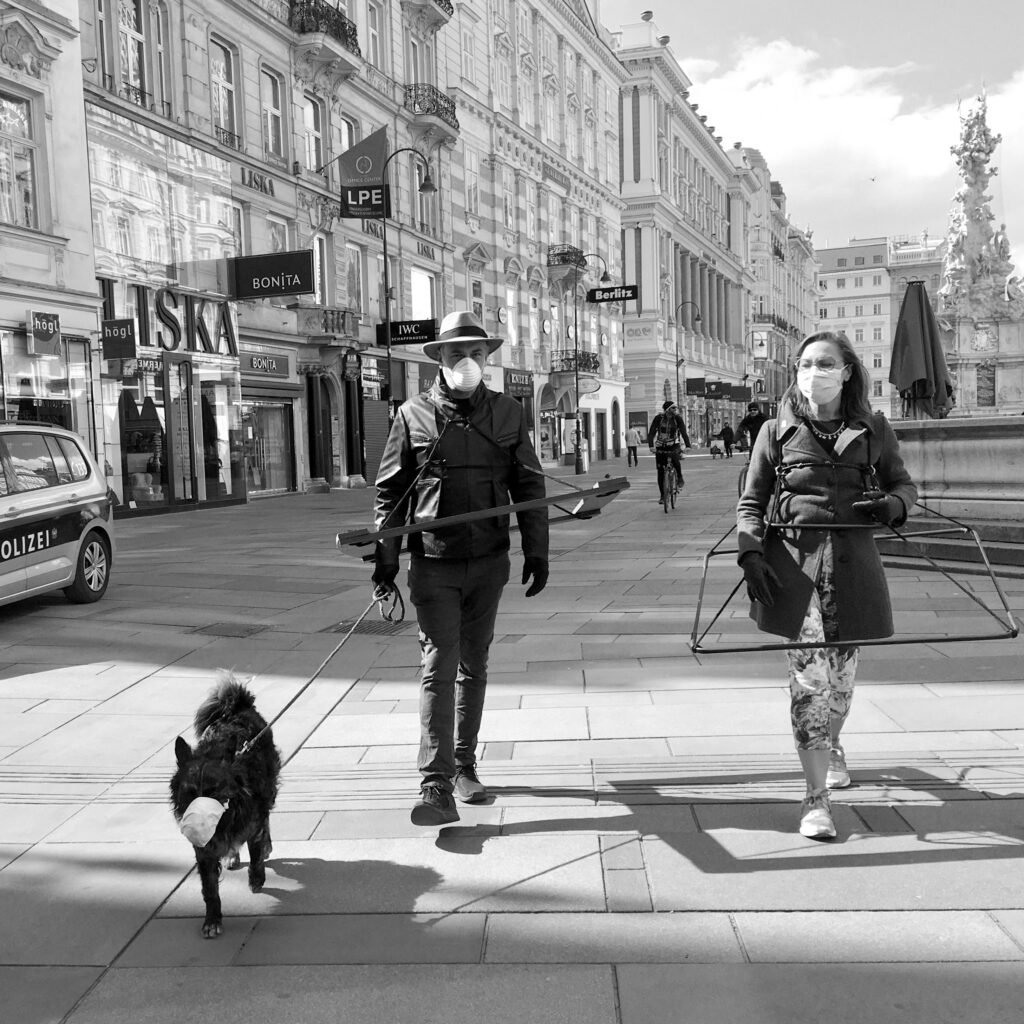
SozialerAbstandhalter. 2020. Kedl, Jahrmann, Glasauer. Location: Pestsäule Wien.
Zum anderen beziehen wir uns auf das Jewel Net of Indra aus dem Hua-yen Buddhism — zu dem meditation practices der Eingang sind. INHALE/EXHALE:::::::::: run!
Nach dem Login mischen wir uns mit NPCs –
Jede/r erhält eine Acronym aus 3 Buchstaben:
Th_P
AAA
HUD
LOL
BRB
AFK
AFK
AKA
WAV
OGG
ALP
BET
DEL
GAM
THE
Alpha Beta Gamma Delta Theta
TPP
CPP
EEG
AUX
P2P
AMP
BIT
SFX
Angespielt startet eine sich ewig wiederholende, rotierende timeline. Sobald wir mit anderen player+s zu nahe am goddess avatar sind, werden wir nach einer bestimmten Inkubationszeit in den God Mode geworden. Wir fliegen – sehen den Thunderplace mit virtuellem Donnerbrunnen von oben. ….
Der Platz zersetzt sich wird wilder schillernd und selbst zu Facetten des diamond networks…. everything is deeply intertwingled!
References:
Hua-yen Buddhism: The Jewel Net of Indra. By Francis H. Cook. University Park and London: The Pennsylvania State University Press (The Institute of Advanced Studies of World Religion Series), 1977. xiv, 141 pp. Notes, Glossary, Index. $ 14.50.
Neal Stephenson: The diamond age, or, A young lady’s illustrated primer. Viking, London 1995, ISBN 0-670-86414-5 (englisch).
Neal Stephenson: Diamond Age. Die Grenzwelt. Goldmann Verlag, München 2001, ISBN 3-442-45154-X (deutsche Neuveröffentlichung)
Alva Noto — 3 Buchstaben Firmenamen
https://youtu.be/bRYWpquWqFY
Filmempfehlung Rainer Werner Fassbinder: Welt am Draht, BRD 1973
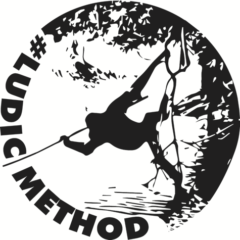
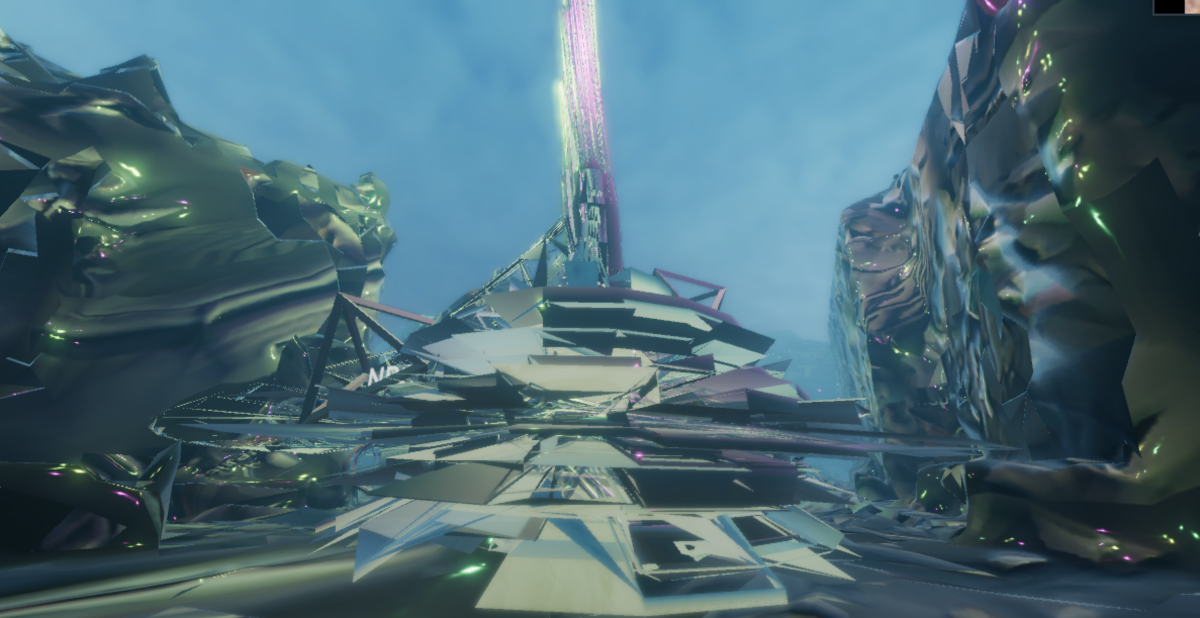
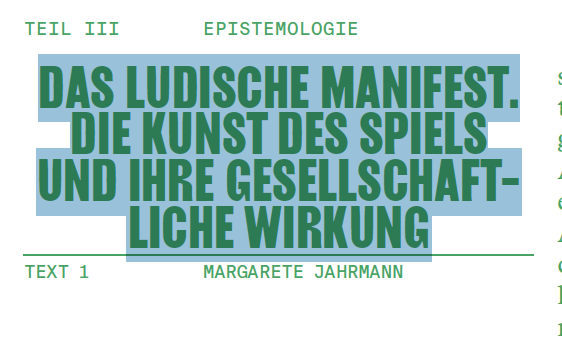


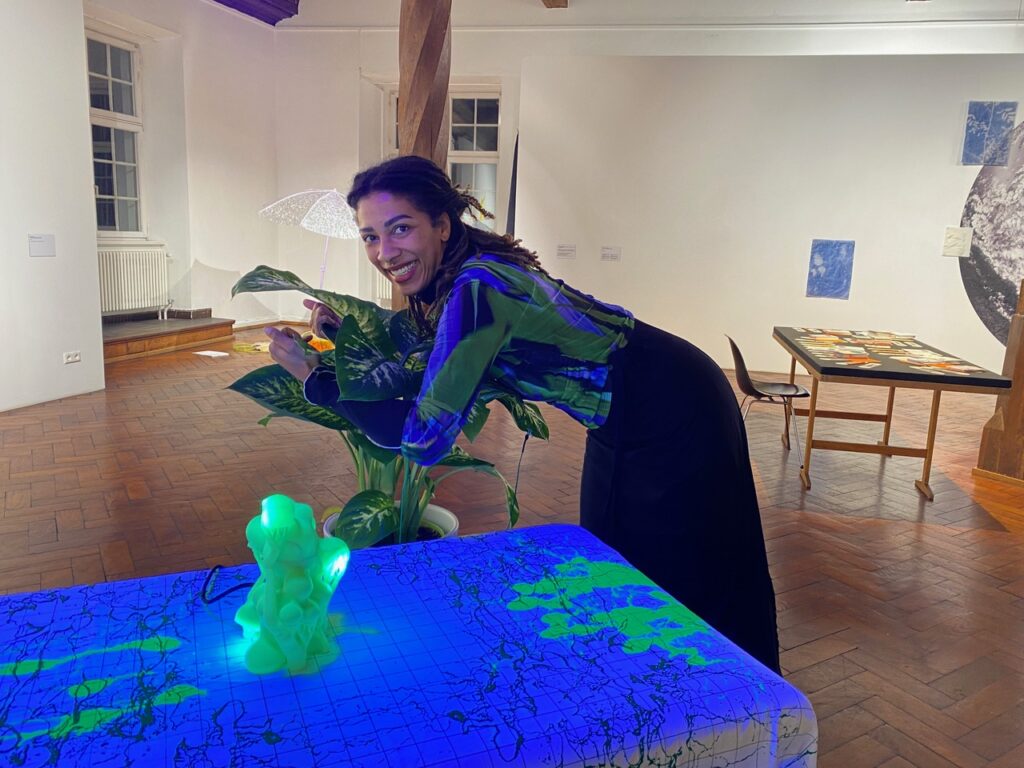
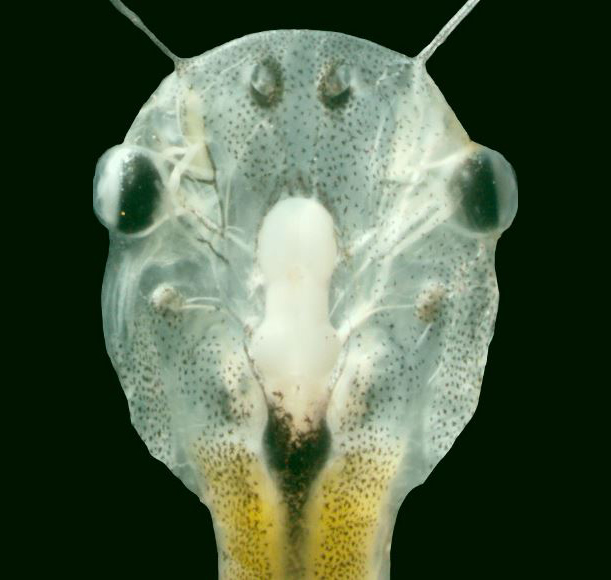


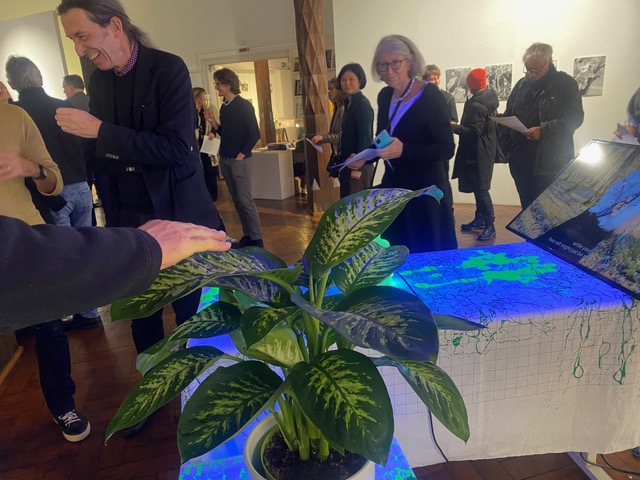
![CRE[AI]D – A brain aided artistic image liberation game](https://www.margaretejahrmann.net/wp-content/uploads/2025/03/Screenshot-2025-03-18-at-17-26-44-Edit-Post-CRE-AI-D-–-A-brain-aided-artistic-image-liberation-game-‹-Ludic-Art-Activism-—-WordPress.png)
